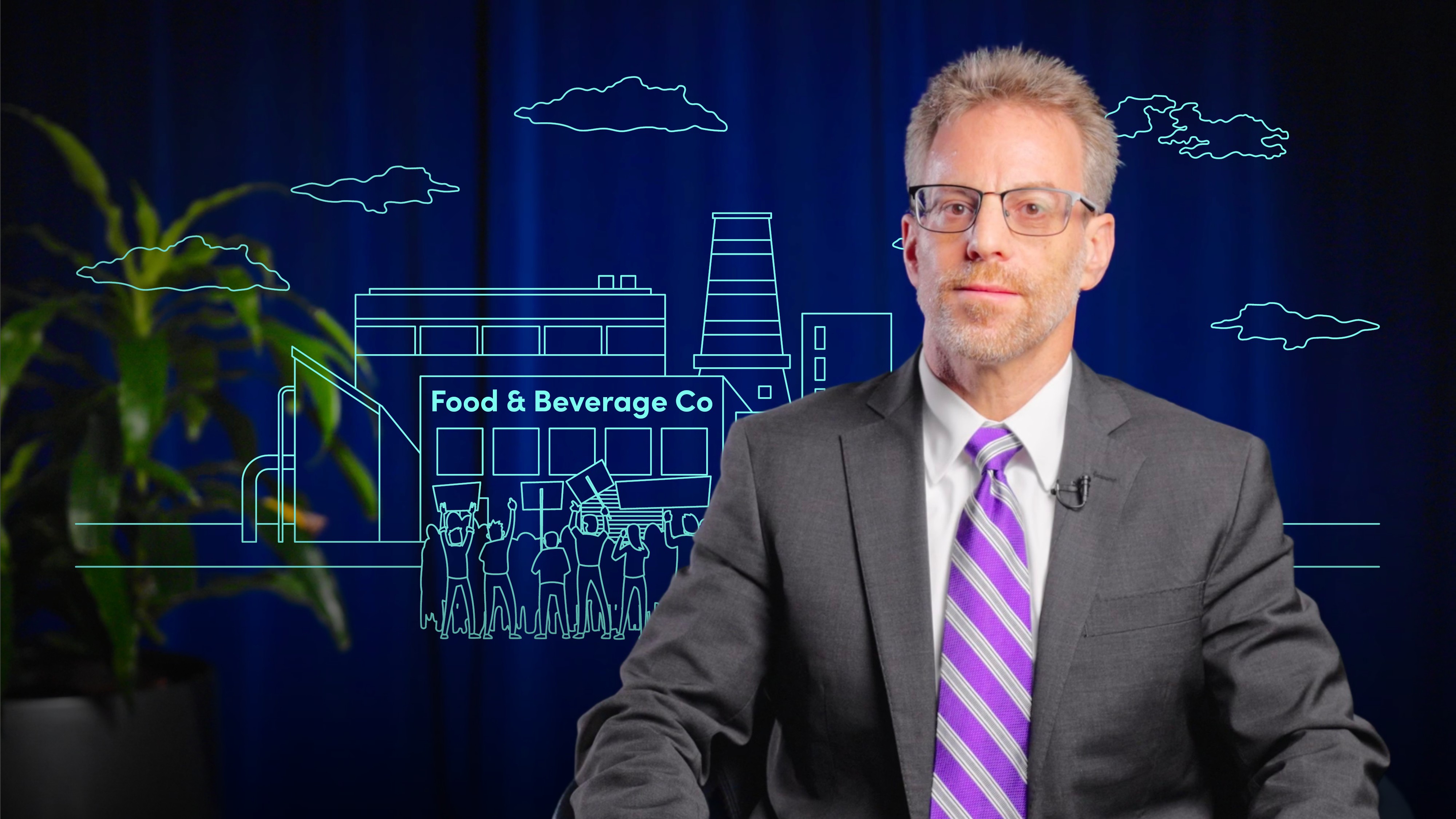
Environmental Justice for All

Wayne Mayer
30 years: Sustainability and Corporate Social Responsibility Executive
In this video, Wayne discusses the executive order on revitalising our nation’s commitment to Environmental Justice for all, signed on April 21, 2023. He explains how this directive mandates a government-wide approach to ensure every community has access to clean air, water, and a healthy environment, addressing systemic environmental inequalities. He highlights the order's alignment with the Inflation Reduction Act (IRA) and the Bipartisan Infrastructure Law (BIL) to support Environmental Justice, climate change mitigation, and economic growth. He also explores how businesses can integrate Environmental Justice into their strategies, create competitive advantages, and partner with governments and communities to rectify past injustices and promote sustainable development.
In this video, Wayne discusses the executive order on revitalising our nation’s commitment to Environmental Justice for all, signed on April 21, 2023. He explains how this directive mandates a government-wide approach to ensure every community has access to clean air, water, and a healthy environment, addressing systemic environmental inequalities. He highlights the order's alignment with the Inflation Reduction Act (IRA) and the Bipartisan Infrastructure Law (BIL) to support Environmental Justice, climate change mitigation, and economic growth. He also explores how businesses can integrate Environmental Justice into their strategies, create competitive advantages, and partner with governments and communities to rectify past injustices and promote sustainable development.
Subscribe to watch
Access this and all of the content on our platform by signing up for a 7-day free trial.

Environmental Justice for All
9 mins 9 secs
Key learning objectives:
Understand the objectives and implications of the Executive Order on Revitalising Our Nation’s Commitment to Environmental Justice for All
Learn how businesses can integrate Environmental Justice into their strategies to create value and competitive advantage
Outline the opportunities for businesses to partner with governments and communities to address environmental injustices
Overview:
The Executive Order on Revitalizing Our Nation’s Commitment to Environmental Justice for All, signed on April 21, 2023, addresses systemic environmental inequalities that have historically burdened disadvantaged communities. Building on the 1994 Executive Order 12898, this new directive mandates a government-wide approach to ensuring every community has access to clean air, water, and a healthy environment. This initiative aligns with the broader objectives of the Inflation Reduction Act (IRA) and the Bipartisan Infrastructure Law (BIL) to support Environmental Justice, mitigate climate change, and stimulate economic growth. By involving communities in decision-making processes and requiring federal agencies to develop Environmental Justice Strategic Plans, the order aims to rectify past injustices and promote sustainable development.
Subscribe to watch
Access this and all of the content on our platform by signing up for a 7-day free trial.
Subscribe to watch
Access this and all of the content on our platform by signing up for a 7-day free trial.

Wayne Mayer
There are no available Videos from "Wayne Mayer"





























